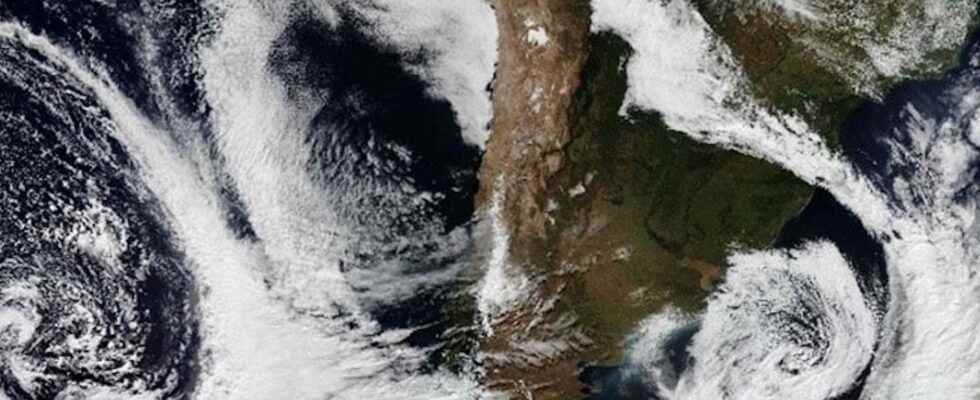The Earth’s climate is warming. There is no longer any doubt. But what still seems difficult to specify is the actual rate at which this warming is occurring. Or even more, the speed at which global warming produces its effects. And researchers are now reporting a phenomenon that seems to indicate that our planet is reacting to climate change faster than they thought.
You will also be interested
[EN VIDÉO] Global warming: our planet in unknown territory In the preliminary version – which only covers the first nine months of 2021 – of its annual State of the Global Climate report, the World Meteorological Organization (WMO) confirms the trend of global warming. For the first time, the bar of a rise of 1°C compared to pre-industrial averages has been crossed over the period of the last twenty years. But the report above all highlights the many extreme weather phenomena that have occurred in 2021 and their consequences for the planet and for humanity. © World Meteorological Organization
All over the world, researchers are monitoring developments in the climate. They compile all kinds of phenomena physicalchemical and biological to try to predict as accurately as possible the changes to come in the context of global warming anthropogenic. And today, surprise, researchers at the Weizmann Institute of Science (Israel) reveal that in thesouthern hemispherethem winter storms have intensified.
Surprise ? Yes, because the climate models foresaw it. But rather by the end of this century. However, the results published by the researchers show that the intensification of storms — in the southern hemisphere, but not yet in thenorthern hemisphere — in recent decades has already reached the level that scientists predicted it would reach… in 2080!
“A winter storm is a weather phenomenon that lasts only a few days. Individually, each storm does not have much climatic weight.recalls Rei Chemke, researcher, in a press release from the Weizmann Institute of Science. But the cumulative effect of these storms, on the other hand, is significant. They affect the transfer of heathumidity and amount of movement in L’atmosphere. Something to affect the different climatic zones of the Earth. Without the winter storms that carry heat from tropics towards the poles, arctic side temperatures would be about 30°C lower than they are, for example.
Climate models to be corrected
The work of researchers at the Weizmann Institute of Science confirms that — just like the global warming — this phenomenon of rapid intensification of winter storms in the southern hemisphere over the past 20 years cannot be explained by internal fluctuations in the Earth’s climate system. Human activity is the main culprit.
Why do the climate models didn’t they see it coming? “Changes in temperature, precipitationsea ice and summer storms, for example, are all accurately simulated by the models.explains Rei Chemke. But we discovered there, a parameter for which the sensitivity of the models must be adjusted”. Because this intensification of storms is the result of changes in the atmospheric jet streams. And that current climate models are not able to predict the details of these changes. A bias that should now, however, be able to be corrected. To give more accurate projections in the future.
In the meantime, this work directly alerts to the fact that human activities could have a greater impact than researchers thought on the southern hemisphere in particular. They give a clearer picture of the damage that climate change is expected to cause on the region. And call for the implementation of immediate and rapid actions, both to fight against global warming and to adapt.
Interested in what you just read?
